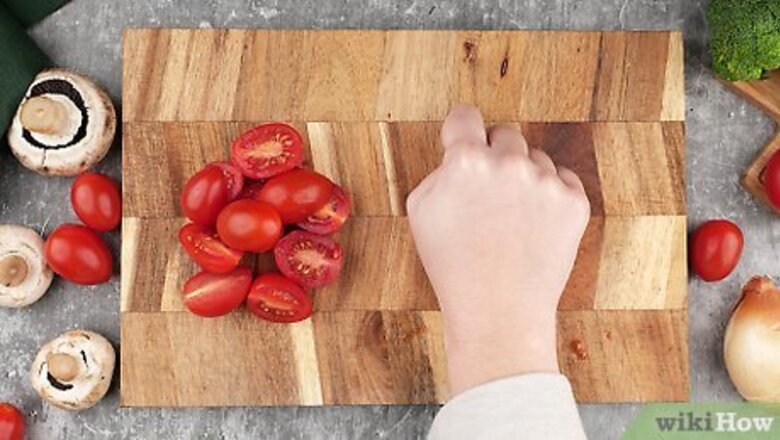
views
Portion Sizes
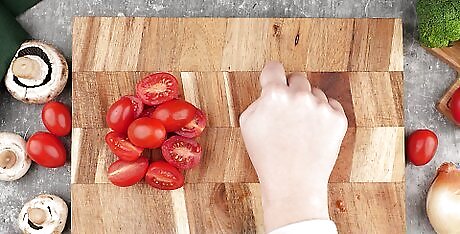
Choose a portion that’s about the size of your fist or a baseball. If you don’t have a measuring cup or are in a hurry, make a fist and compare it to the overall amount of your vegetables. If your veggies are roughly the same size, then you have about 1 cup. This works with any type of vegetable, so it doesn’t matter if you’re measuring them when they’re raw, cooked, or frozen. If you’re working with long vegetables, such as carrots or celery, chop them up first to get a more accurate estimation.
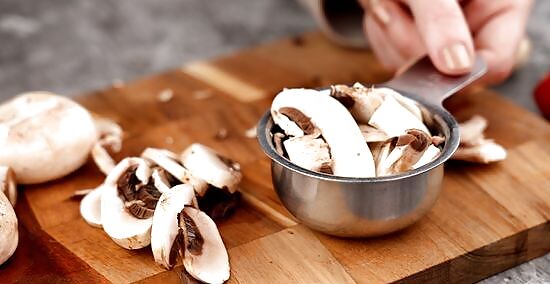
Pack your veggies into a measuring cup for an accurate measurement. You can use a measuring cup whether they’re raw, cooked, or frozen since they’ll have a similar volume. Start by roughly chopping your veggies so they can fit into your measuring cup. As you add your vegetables, shake the measuring cup or push the veggies down with your hands to fill in air pockets. Once your vegetables are level with the top of your measuring cup, then you’re finished! Avoid smashing your vegetables when you pack them down, or else you might have an inaccurate measurement. Even though a standard measuring cup is equivalent to 8 ounces (230 g), vegetables have different densities so they may weigh more or less than that. Avoid assuming that 8 ounces (230 g) of a veggie is the same as 1 cup.
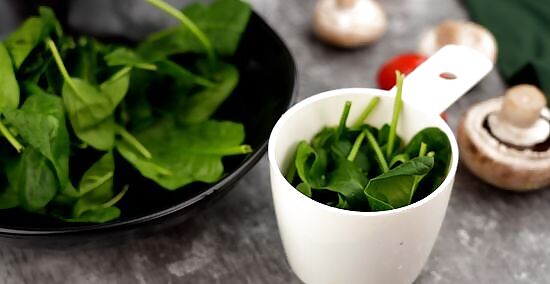
Use 2 packed cups of raw leafy vegetables to equal 1 cup. Veggies like lettuce, spinach, watercress, and endive leave empty space in a measuring cup, so 1 full measuring cup is actually a ½ cup serving. Fill your measuring cup to the rim a second time any time you use these vegetables if you want a serving that’s equivalent to a full cup. If you’re working with cooked leafy vegetables, then you only need to fill your measuring cup once.

Fill ½ cup with dried vegetables for a 1 cup equivalent serving. Dried vegetables don’t have as high of a moisture content, so they’re more dense than fresh veggies. If a recipe calls for a cup of any dried veggies, only use a half cup instead since they’ll rehydrate and expand. You don’t need to rehydrate vegetables before using them if you’re using a recipe that you need to cook. Otherwise, simmer the vegetables in water for 10–15 minutes or let them soak for 1–2 hours.
Aim to have 2–3 cups of vegetables every day. Your average serving of vegetables weighs about 4–6 ounces (110–170 g), but the amount in cups depends on what you’re eating. Spread your vegetable servings throughout the day so you have some with each of your meals. You can even prepare a few healthy snacks, such carrot or celery sticks to help curb your hunger throughout the day. Vegetables make great side dishes, but they’re also so easy to incorporate into your recipes. For example, you can add fresh vegetables to pasta sauces or sandwiches. Mark Bittman Mark Bittman, Food Journalist When a recipe calls for a cup of chopped carrots or onions, make sure you pack the cup lightly rather than heap it full. Packing the cup too tightly can add 50% more veggies than the recipe intended. For accuracy, level off the cup with a knife.
Vegetable Equivalents
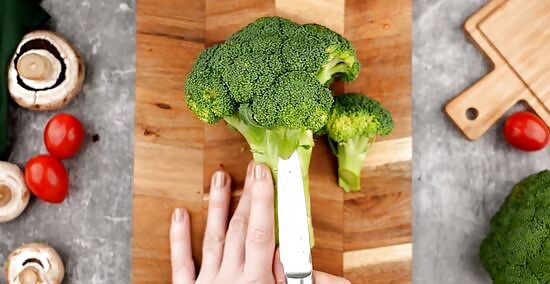
Broccoli: 3 medium spears that are about 5 in (13 cm) long is about the same as 1 cup. You can also chop ⁄6 lb (76 g) of broccoli for a cup.
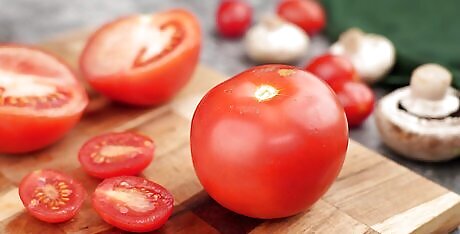
Tomato: use a medium tomato that's around 3 in (7.6 cm) in diameter whenever your recipe calls for a cup. About 16 cherry tomatoes will also give you enough for a cup.

Bell pepper: chopping 1 large bell pepper that’s 3 in (7.6 cm) long will give you about a cup.
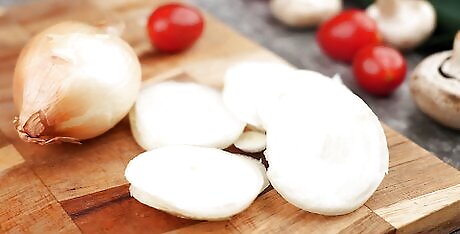
Onion: slice a medium-sized onion, or ⁄2 lb (230 g), for 2 cups raw, which will turn into 1 cup when you cook them down.
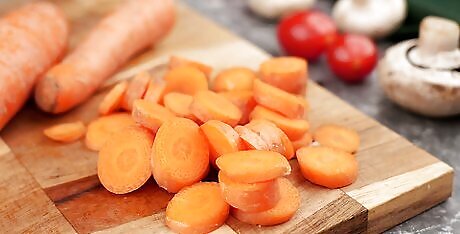
Carrots: slice or grate 2 medium carrots, or about ⁄3 lb (150 g), to get 1 cup. You could instead use 12 raw baby carrots to fill a cup.
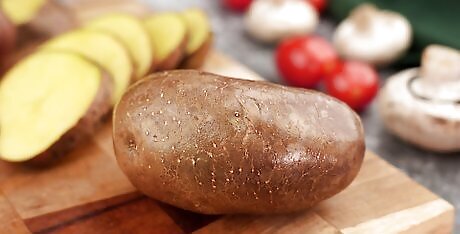
Potato: a large baked potato that weighs about 10 ounces (280 g) is about the same as a cup.
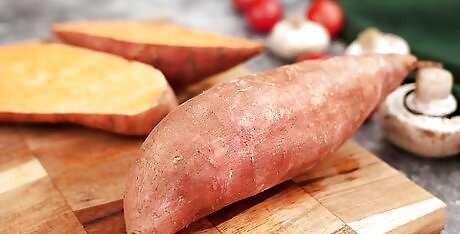
Sweet potato: use 1 large sweet potato, or 1 pound (450 g), for your measurement.
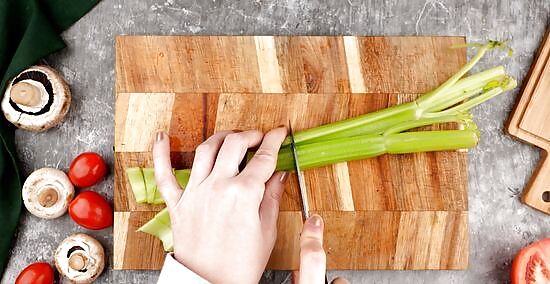
Celery: chop 2 stalks that are about 11–12 in (28–30 cm) long if you need a cup. You can also weigh ⁄2 lb (230 g) of celery for a similar amount.

Corn: an 8–9 in (20–23 cm) ear of corn will fill a cup when you cut it off of the cob.










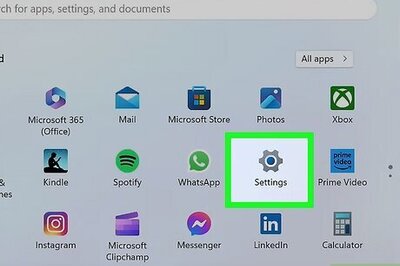






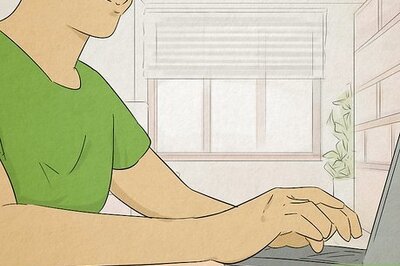
Comments
0 comment